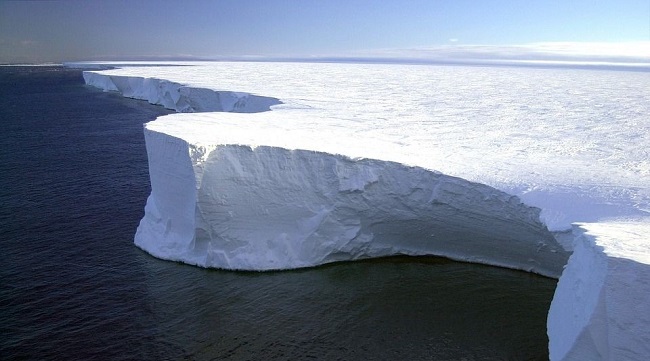Scientists have designed a cutting-edge device to precisely measure exactly how cold water gets below the Antarctic sea ice.

New Zealand, Norwegian and U.S. scientists have built a “High Precision Super-cooling Measurement Instrument” that can be sent below the ice on a small, remotely-operated submersible robot to precisely measure exactly how cold the water gets.
University of Otago doctoral student, Maren Richter, said oceans under ice shelves were a “large black spot’’ in researchers’ knowledge.
“We know more about the dark side of the moon than we know about what’s going on underneath the Ross Ice Shelf,’’ she said.
Richter said measurements from the new device were important as they helped scientists understand how the ocean, the ice and the atmosphere all worked together and how they interconnected.
“These are all calculated by large scale models and the more accurate we can make these models, even on really small scales like this, the more accurate it will be on larger scales like informing weather in the future in New Zealand,’’ Richter said.
University of Otago researcher, Inga Smith, said sea ice usually froze at minus 1.9 degrees Celsius.
However, when freshwater flowed from beneath an ice shelf and mixed with salt water, it became super-cooled, Smith said.
“So it’s still liquid but actually below the freezing point.
“We’re really pushing the edge of polar engineering here, operating in these really cold temperatures and making high-precision measurements of that super-cooling,” she said.
